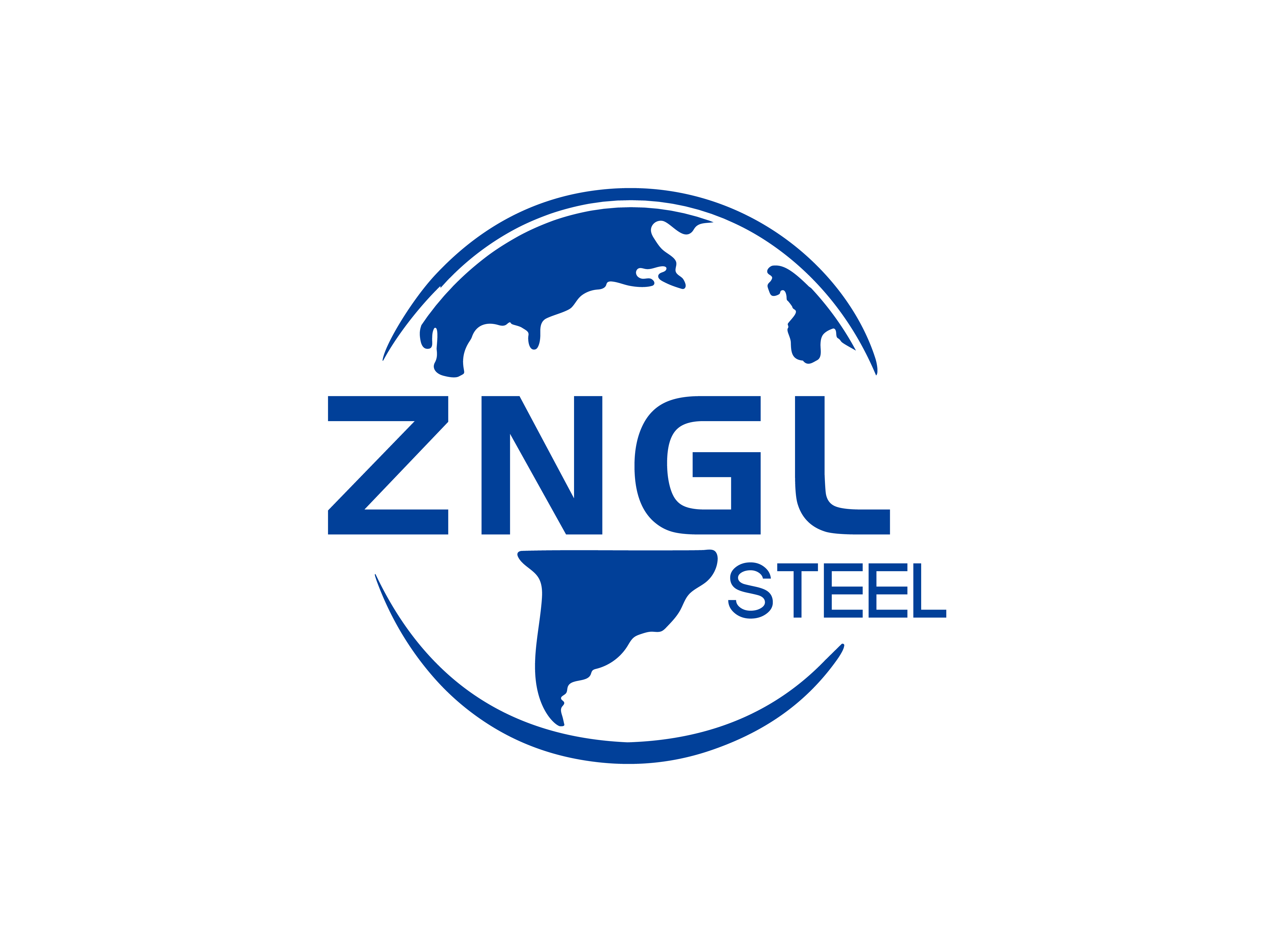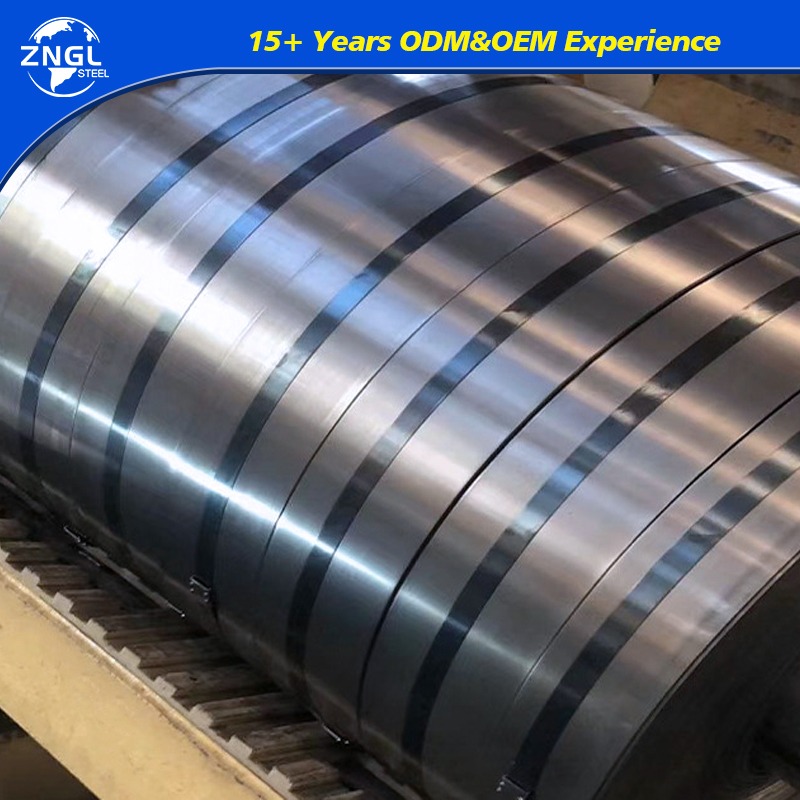
O1 Tool Steel: A Versatile Choice for Precision Manufacturing
O1 tool steel is renowned for its outstanding properties, making it a preferred material in various manufacturing processes. This blog post delves into the versatility of O1 tool steel, its unique characteristics, and its wide range of applications.
What is O1 Tool Steel?
O1 tool steel is a high-carbon, oil-hardening steel known for its excellent wear resistance and toughness. It is widely used in the manufacturing of tools and dies, where precision and durability are crucial.
Key Properties of O1 Tool Steel
- High Hardness: O1 tool steel can be hardened to achieve high levels of hardness, making it suitable for cutting and forming tools.
- Wear Resistance: The steel’s composition provides excellent wear resistance, ensuring long-lasting performance in demanding applications.
- Toughness: Despite its high hardness, O1 tool steel maintains good toughness, preventing cracking and chipping under stress.
- Dimensional Stability: O1 tool steel exhibits minimal distortion during heat treatment, ensuring precise dimensions and tolerances.
Applications of O1 Tool Steel
O1 tool steel’s unique properties make it ideal for a variety of applications in manufacturing:
- Cutting Tools: O1 tool steel is commonly used to manufacture cutting tools such as knives, chisels, and planer blades due to its sharpness and durability.
- Forming Tools: The steel’s toughness and wear resistance make it suitable for forming tools, including punches, dies, and molds, which require high precision and longevity.
- Measuring Instruments: O1 tool steel is used in precision measuring instruments, such as gauges and micrometers, where dimensional accuracy is paramount.
- Industrial Machinery: Components in industrial machinery, such as gears and bearings, benefit from O1 tool steel’s high hardness and wear resistance, ensuring reliable operation.
Advantages of Using O1 Tool Steel
- Durability: O1 tool steel’s high hardness and wear resistance result in tools and components that last longer, reducing the need for frequent replacements.
- Precision: The minimal distortion during heat treatment allows for the manufacturing of precise tools and components, essential for high-accuracy applications.
- Cost-Effective: The longevity and performance of O1 tool steel make it a cost-effective choice for manufacturers, balancing initial costs with long-term savings.
- Versatility: O1 tool steel’s adaptability to various manufacturing processes and its wide range of applications make it a versatile material for many industries.
Conclusion
O1 tool steel is a versatile and reliable material widely used in manufacturing due to its high hardness, wear resistance, and toughness. Its extensive use in cutting tools, forming tools, measuring instruments, and industrial machinery underscores its importance in precision manufacturing. Understanding the benefits and applications of O1 tool steel can help manufacturers make informed decisions, ensuring the production of high-quality, durable tools and components.





